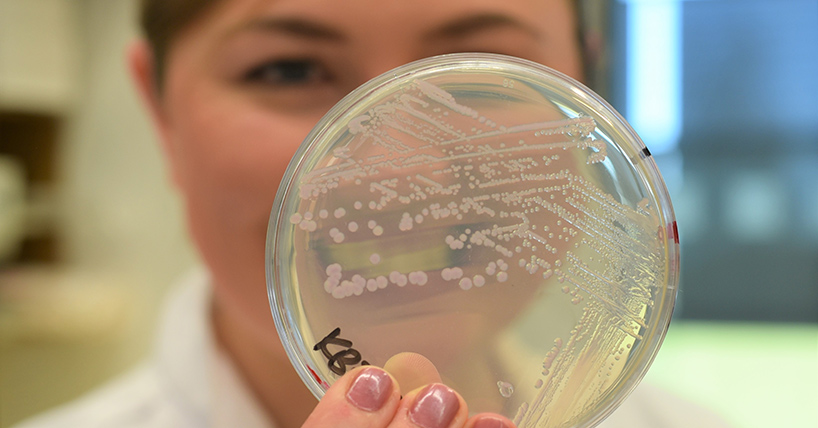Scientists at Newcastle University have shown for the first time that bacteria can change form to avoid being detected by antibiotics in the human body. The team showed that bacteria could lose its cell wall that is the common target of many groups of antibiotics. They showed that bacteria could survive without a cell wall (known as "L-form switching"). The research shows that when antibiotics are present—such as in a patient with a UTI receiving penicillin or other cell wall-targeting antibiotic—then the bacteria can change form, losing the cell wall which is often the target of the antibiotic. In a previous publication, the team demonstrated that our immune system could also, to some extent induce L-form switching. The current study showed that L-forms of various bacterial species typically associated with UTIs including E. coli, Enterococcus, Enterobacter and Staphylococcus were detectable in 29 out of 30 patients involved in the study. The research also captured on video for the first time, L-form bacteria isolated from a patient with UTI re-forming a cell wall after the antibiotic had gone. @ https://www.ncl.ac.uk/press/articles/latest/2019/09/causeofantibioticresistanceidentified/

